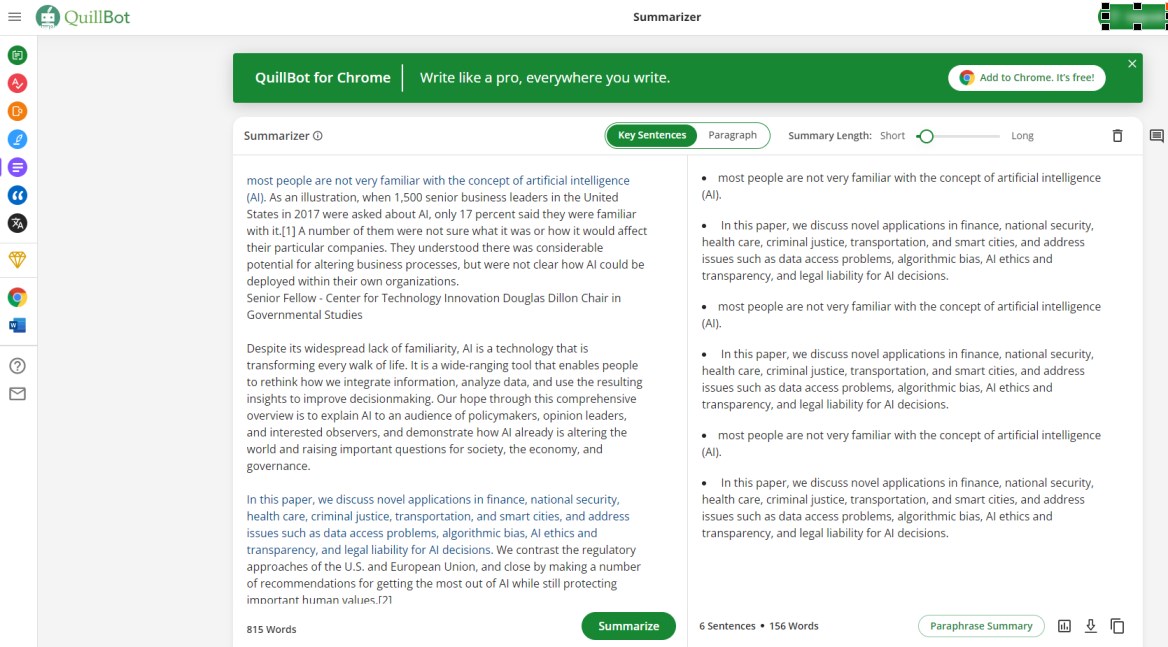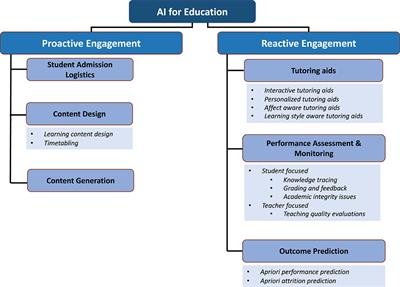
Introduction to AI for Research Paper Summary
Overview of AI applications in research paper summaries
In the realm of research paper summaries, Artificial Intelligence (AI) has emerged as a critical tool for streamlining the process. AI applications analyze complex academic papers and distill key information into concise summaries. By utilizing natural language processing algorithms, AI can identify the main themes, important findings, and significant contributions of a research paper. This technology significantly reduces the time and effort required for researchers to sift through vast amounts of content to extract essential data. Researchers can leverage AI-generated summaries to gain quick insights into various studies across diverse disciplines.Benefits of using AI technology for summarizing research papers
The utilization of AI technology for summarizing research papers offers numerous benefits. It enhances efficiency by swiftly generating condensed versions of lengthy academic texts. Researchers can save substantial time by quickly reviewing AI-generated summaries to determine a paper's relevance to their work. Additionally, AI ensures consistency in summarization by following predefined algorithms, thus reducing the potential for human error in interpretation. Furthermore, AI-powered summaries promote accessibility to complex research findings, facilitating knowledge dissemination among a wider audience. Overall, the incorporation of AI in research paper summaries proves to be a valuable asset for the academic community.
Natural Language Processing (NLP) in Research Paper Summary
Role of NLP in AI-based research paper summarization
In the context of research paper summaries, Natural Language Processing (NLP) plays a pivotal role in enabling AI systems to extract and interpret textual information effectively. NLP algorithms process language data to identify key concepts, relationships, and contextual meanings within academic papers. This capability allows AI to generate concise summaries that capture the essence of a research study accurately. By integrating NLP into AI-based summarization processes, researchers benefit from enhanced efficiency and accuracy in gathering insights from vast amounts of scholarly content.NLP techniques used for extracting key information from research papers
NLP techniques employed in extracting key information from research papers include text segmentation, entity recognition, and sentiment analysis. Text segmentation breaks down academic texts into manageable units for analysis, while entity recognition identifies essential entities such as authors, methodologies, and key terms. Sentiment analysis helps determine the tone and implications of the research findings. Combined, these NLP techniques empower AI systems to create comprehensive yet succinct summaries that capture the core aspects of academic papers effectively.
Machine Learning Algorithms for Research Paper Summarization
Types of machine learning algorithms used in AI for summarizing research papers
Machine learning algorithms commonly utilized in AI for research paper summarization include:
| Algorithm | Description |
|---|---|
| Supervised Learning | In supervised learning, algorithms are trained on labeled data to predict outcomes accurately. |
| Unsupervised Learning | Unsupervised learning algorithms infer patterns from unlabeled data to summarize research papers effectively. |
Comparison of supervised and unsupervised learning approaches in research paper summaries
A comparison of supervised and unsupervised learning for research paper summaries can be outlined as follows:
| Aspect | Supervised Learning | Unsupervised Learning |
|---|---|---|
| Training Data | Requires labeled datasets for training. | Does not require labeled data for training. |
| Complexity | May necessitate more human intervention for labeling data. | Can autonomously derive patterns from data. |
| Flexibility | Can be more precise in predicting outcomes. | Offers more adaptability to diverse data types. |
By understanding the distinctions between these approaches, AI systems can be effectively trained for research paper summarization tasks.

Summarization Techniques in AI for Research Papers
Abstractive vs. extractive summarization methods for research papers
When discussing research paper summarization, AI technology commonly employs abstractive and extractive techniques.
Summarization models such as Transformer and BERT used in AI technology
Advanced AI models like Transformer and BERT are pivotal in enhancing research paper summarization.
These models have revolutionized how AI systems process and summarize vast amounts of text data efficiently.

AI Tools for Research Paper Summaries
Overview of popular AI tools like SummarizeBot, Resoomer, and Scholarcy
Various AI tools, including SummarizeBot, Resoomer, and Scholarcy, are gaining popularity in the realm of research paper summarization. These tools leverage advanced algorithms and natural language processing techniques to provide concise and accurate summaries of lengthy academic papers.
Features and capabilities of AI tools for efficiently summarizing research papers
AI tools designed for research paper summarization offer a range of features to enhance efficiency and accuracy. These include the ability to extract key information, generate coherent summaries, and support multiple languages. Additionally, some tools incorporate machine learning models to continuously improve the quality of their summaries over time.
Comments
Post a Comment